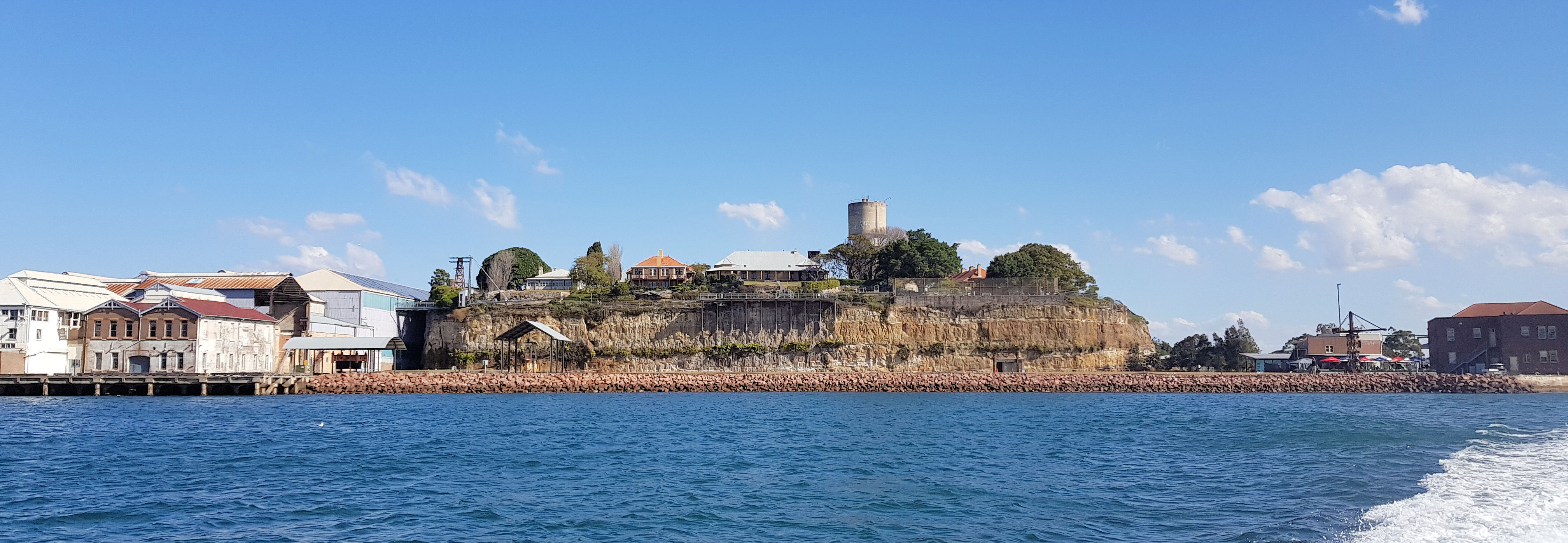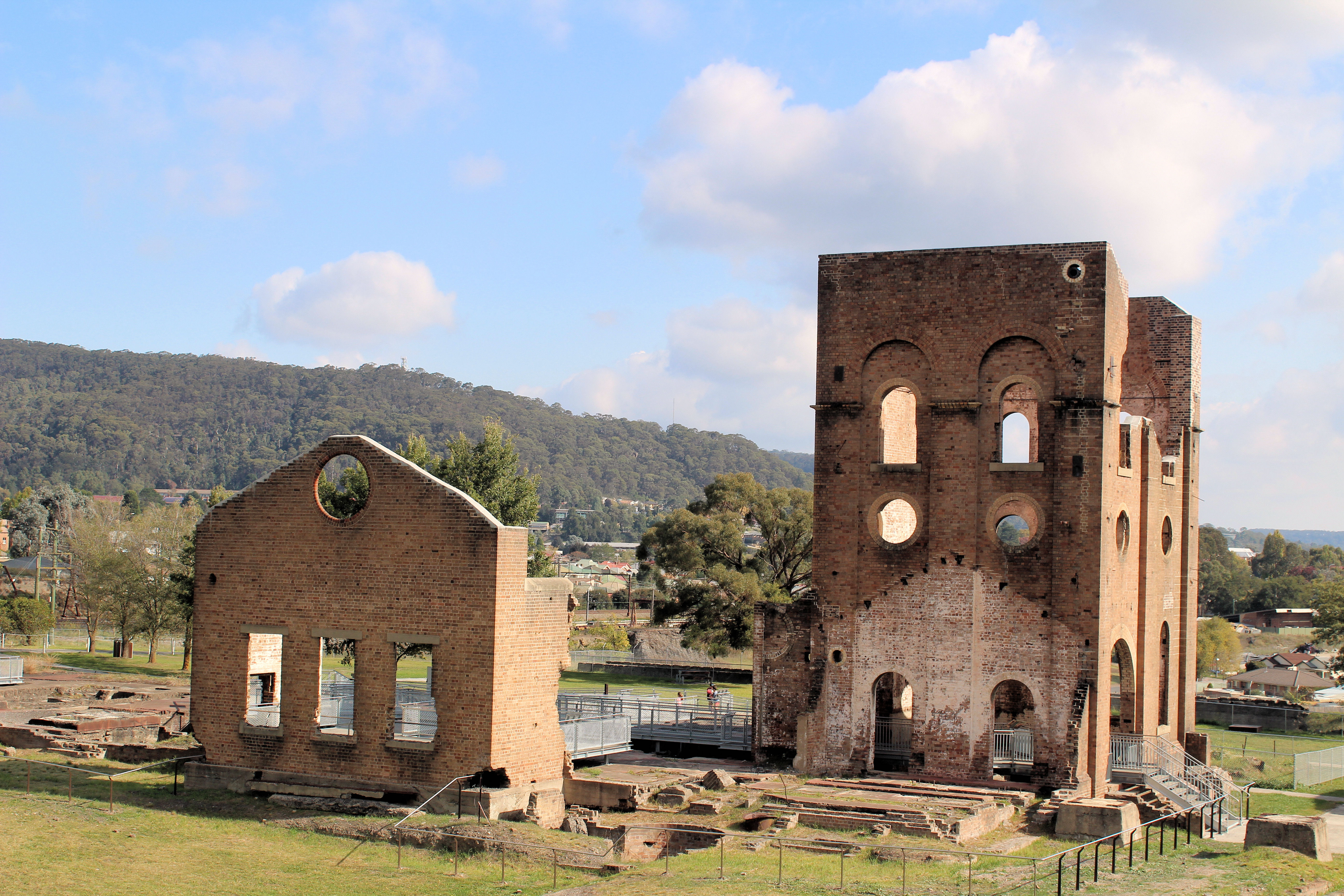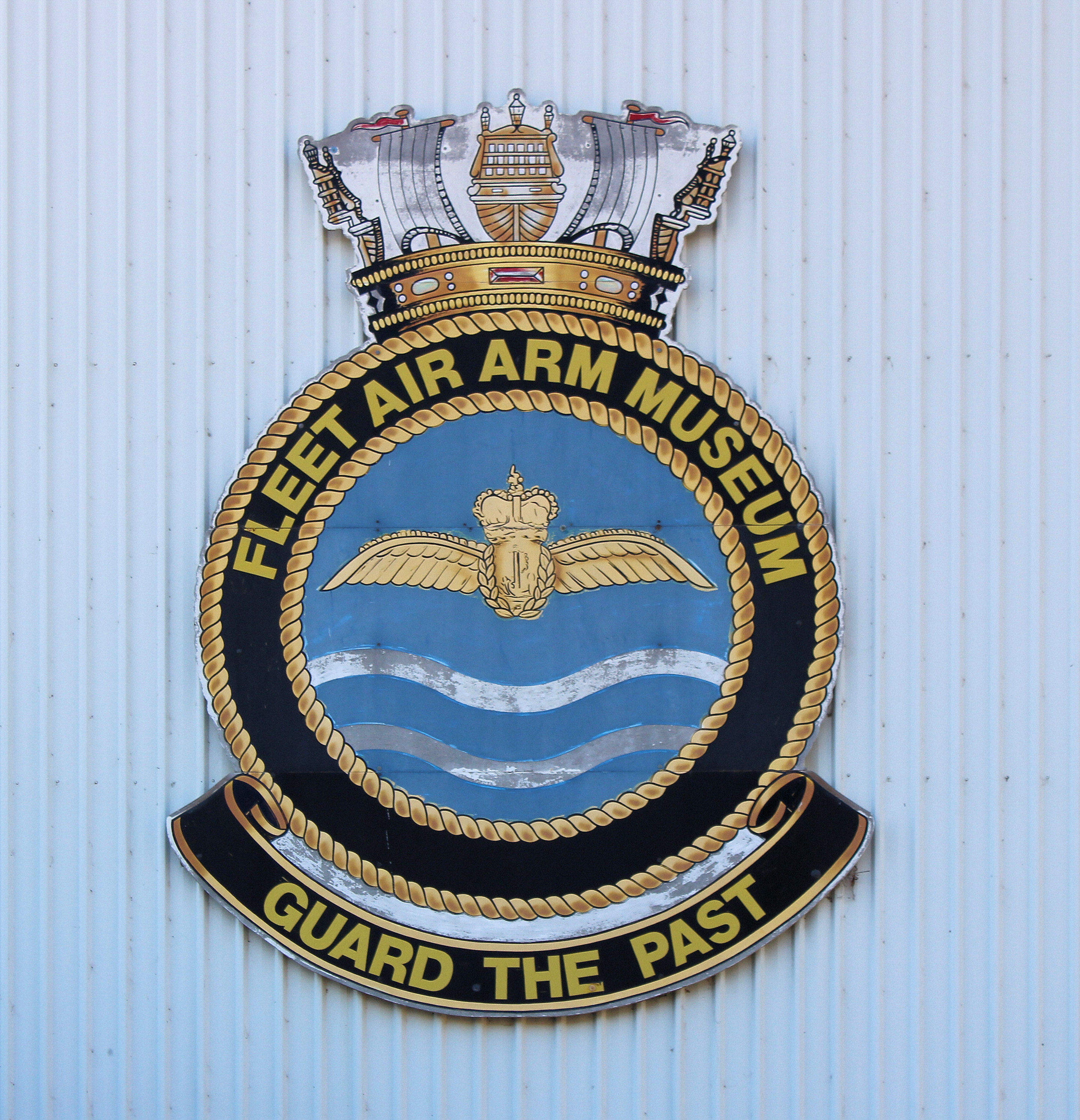Category: Museum
-
Cockatoo Island Sydney Harbour

Cockatoo Island has a long history from its aboriginal heritage and convict use to its ship building past. All of these are on display at the island so that visitors can appreciate its varied and important history. Getting There Access to Cockatoo Island is easy using Sydney Ferries from Circular Quay. The ferry terminal on… Read more
-
Blast Furnace Park Lithgow New South Wales

Blast Furnace Park Lithgow Blast Furnace Park Lithgow in NSW comprises the ruins of the old blast furnace that used to operate on the site. What would otherwise have been a very bland and boring attraction has been developed into a great little place to walk around and learn about Lithgow’s industrial past. Access around… Read more
-
Royal Australian Navy Fleet Air Arm Museum

Fleet Air Arm Museum Nowra The Royal Australian Navy has its Fleet Air Arm Museum at Nowra NSW. It is adjacent to the naval base HMAS Albatross. When we arrived at 2:00 PM there were only four other people visiting. Effectively we had the whole museum to ourselves. The Collection The museum has an almost… Read more